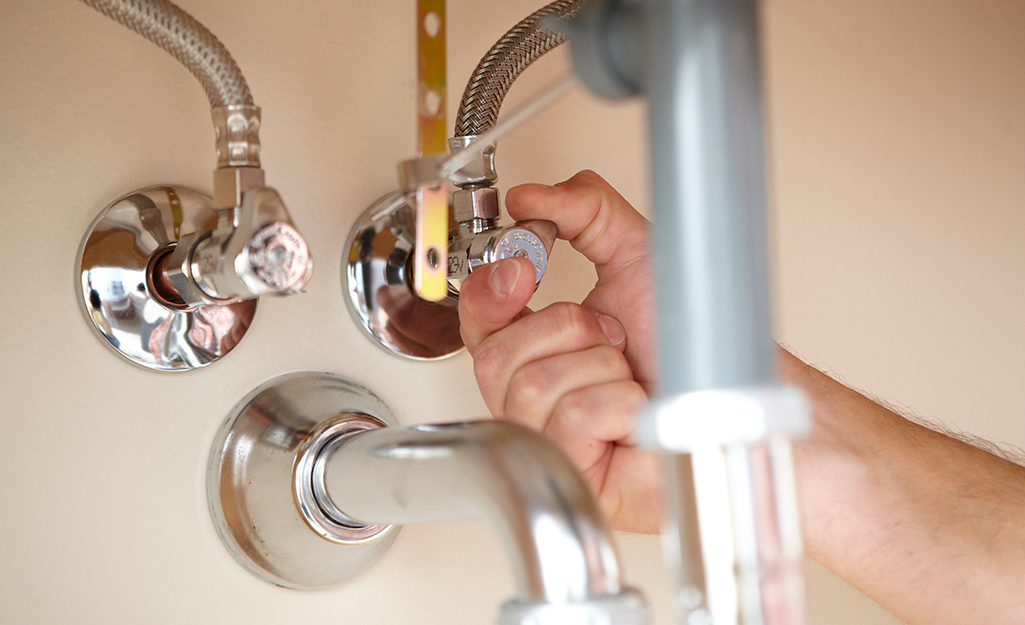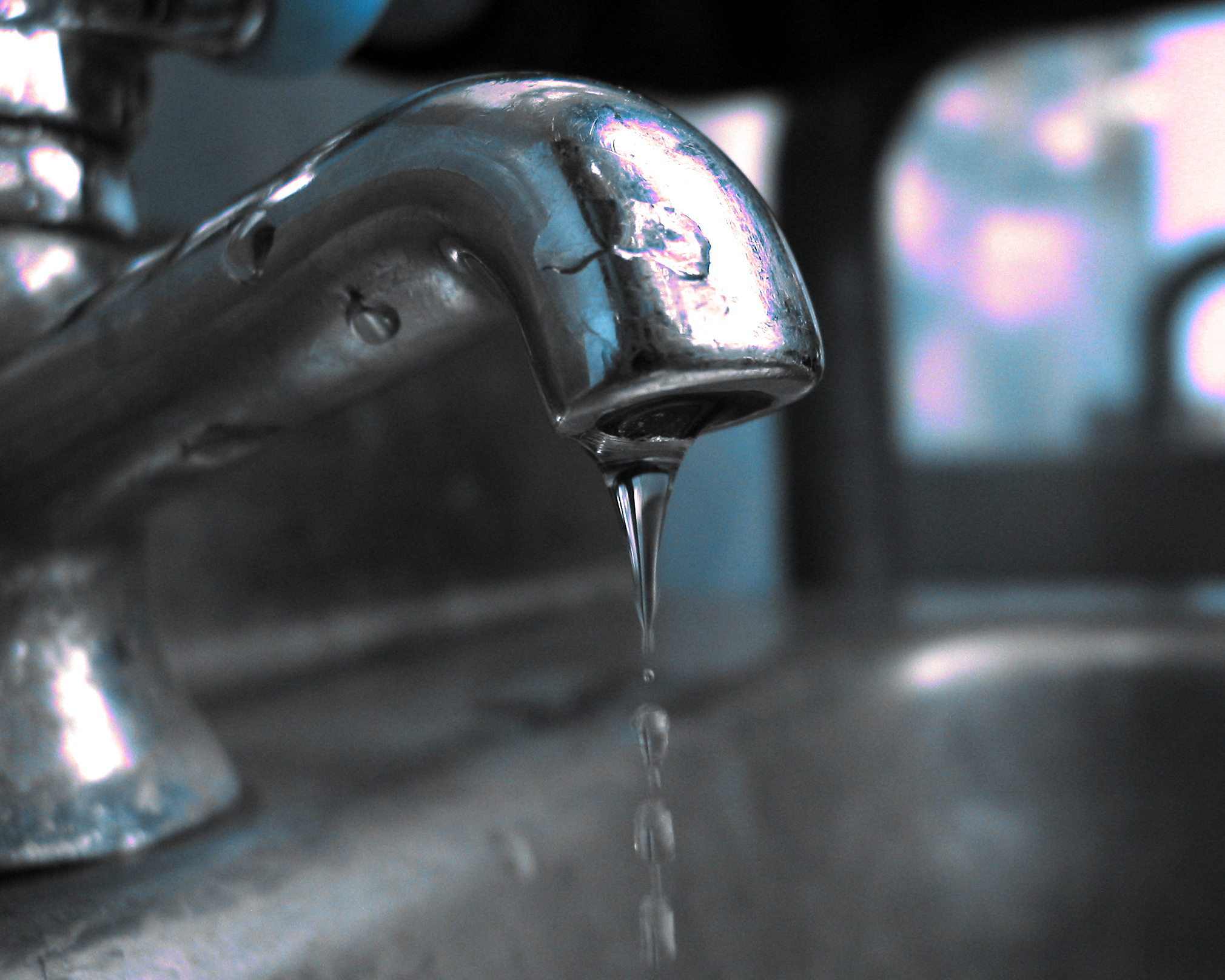Why It's Necessary to Repair a Malfunctioning Faucet
Why It's Necessary to Repair a Malfunctioning Faucet
Blog Article
They are making several great points relating to Leaky Faucets: Why They Happen & What to Do About Them as a whole in this content underneath.

Leaking faucets may appear like a minor hassle, however their effect surpasses simply the nuisance of the audio. From drainage to sustaining unnecessary financial prices and health and wellness dangers, disregarding a leaking tap can cause different repercussions. In this post, we'll explore why it's essential to resolve this typical home concern immediately and efficiently.
Wastage of Water
Ecological Impact
Trickling taps add dramatically to water waste. According to the Epa (EPA), a single tap dripping at one drip per secondly can throw away more than 3,000 gallons of water each year. This not only pressures water resources however additionally affects environments and wild animals dependent on them.
Financial Prices
Boosted Water Bills
Past the environmental effect, leaking faucets can pump up water bills considerably. The collected wastage gradually translates right into higher energy costs, which might have been avoided with prompt repairs.
Prospective Home Damages
Additionally, extended trickling can lead to damage to components and surface areas bordering the faucet. Water buildup can create discoloration, corrosion, and even structural problems if left ignored, causing added fixing prices.
Wellness Concerns
Mold and Mildew Growth
The constant existence of moisture from a dripping faucet develops an ideal environment for mold and mildew and mold development. These fungi not only endanger interior air high quality however also pose wellness dangers, especially for individuals with respiratory system problems or allergies.
Waterborne Conditions
Stagnant water in dripping taps can become a breeding ground for bacteria and various other pathogens, boosting the danger of waterborne illness. Impurities such as Legionella bacteria thrive in stationary water, potentially resulting in serious ailments when ingested or breathed in.
Do it yourself vs. Specialist Repair
Advantages and disadvantages of Do It Yourself Repair Work
While some might attempt to repair a trickling faucet themselves, DIY repairs come with their own collection of obstacles. Without proper knowledge and tools, do it yourself efforts can exacerbate the issue or result in incomplete repair services, extending the issue.
Benefits of Employing an Expert Plumber
Employing an expert plumber makes sure that the underlying root cause of the leaking faucet is resolved successfully. Plumbing professionals have the competence and devices to diagnose and fix tap concerns effectively, saving time and decreasing the danger of further damages.
Step-by-Step Guide to Dealing With a Dripping Faucet
Tools Called for
Before trying to take care of a dripping tap, gather the essential tools, consisting of an adjustable wrench, screwdrivers, replacement components (such as washing machines or cartridges), and plumber's tape.
Usual Tap Issues and Their Solutions
Recognize the sort of tap and the particular concern causing the drip. Common problems include worn-out washing machines, rusty shutoff seats, or faulty O-rings. Refer to manufacturer guidelines or on the internet tutorials for step-by-step advice on repair services.
Preventive Measures
Normal Maintenance Tips
To stop leaking taps, carry out routine upkeep such as cleaning up aerators, inspecting for leaks, and changing worn-out components without delay. Furthermore, take into consideration setting up water-saving devices or updating to more effective fixtures.
Value of Prompt Services
Attending to trickling faucets as soon as they're discovered stops more water wastefulness and potential damage, ultimately saving both water and money over time.
Effect On Residential Or Commercial Property Value
Perception of Well-Maintained Home
Preserving a residential property in good condition, consisting of attending to maintenance issues like trickling faucets, enhances its perceived worth and desirability amongst prospective buyers or lessees.
Impact on Resale Value
Properties with well-maintained plumbing fixtures, consisting of taps, command higher resale values in the realty market. Attending to trickling taps can add to a positive impression during residential property examinations and negotiations.
Environmental Obligation
Private Payment to Conservation
Taking obligation for repairing dripping faucets aligns with wider efforts toward water conservation and ecological sustainability. Every person's activities jointly make a substantial influence on preserving precious sources.
Sustainable Living Practices
By prioritizing prompt repairs and adopting water-saving practices, individuals contribute to sustainable living practices that benefit both existing and future generations.
Verdict
Resolving a trickling tap surpasses simple benefit; it's a vital step towards preserving water, minimizing monetary expenses, and safeguarding wellness and building. Whether with DIY fixings or expert support, taking action to take care of dripping taps is a small yet impactful method to advertise accountable stewardship of sources and contribute to a healthier, extra lasting future.
How to Fix a Leaky Faucet: Step-by-Step Repair Guide
A leaky faucet may seem like a simple annoyance, but if it's not fixed promptly, that leak could cost hundreds to potentially thousands. From water damage to mold, mildew, and high water bills, even a tiny leak can be catastrophic if left unattended. Damage like this can even affect the overall value of your home, so it's important to take the right approach for leaky faucet repair. You may need the help of a plumber in some cases, but we've got a few tips you can try on how to fix a leaky faucet before calling the pros.
Four Faucet Types
When you're learning how to fix a leaky faucet, the first step is knowing what kind of faucet you're working with! There are four common types.
Cartridge Faucets
Cartridge faucets come in one- or two-handled varieties. In one-handled cartridge faucets, hot and cold water combines in a single cartridge. In the two-handled versions, hot and cold water are controlled separately and mixed in the faucet.
Ball Faucets
Ball faucets have a single lever you push up and down to adjust the pressure and rotate to change the temperature. A slotted metal ball controls the amount of water allowed into the spout.
Compression Washer Faucets
They're the oldest type of faucet, but they're still used in many homes — especially older ones. Compression faucets have two separate handles that, when turned, raise or lower the washer that seals a water valve. This valve stops water from flowing through the faucet when it is turned off.
Disc Faucets
Disc faucets rarely need to be repaired due to their maintenance-free design. The water flow is controlled by two discs — the upper one raises and lowers against a fixed lower disc, creating a watertight seal. If your disc faucet starts leaking, you may need to replace the seals or clean residue buildup from the inlets.
Fixing a Leaky Faucet
Step 1: Turn Off the Water
Whether you're learning how to fix a leaky bathtub faucet or how to fix a leaky kitchen faucet, always turn off the water supply to your working area when you're fixing a leak. The last thing you want is a flood added to your list of things to fix.
Look for the shutoff valves below your sink or around the tub and turn them clockwise to stop the water flow. If your faucet doesn't have shutoff valves, you may need to turn off the water for the whole house. Check to make sure it's off by turning the faucet on. If nothing comes out, you're ready to start the repair.
Step 2: Take Apart the Faucet
How you disassemble your faucet depends on the type of fixture you have. You can use a flathead screwdriver to remove the caps on top of the handle or handles for cartridge and compression faucets. Inside, you should see handle screws. Unscrew these with a screwdriver to remove the handle.
Disc- and ball-style faucets will typically have an inlet screw near the handle, and removing that will reveal the interior of the faucet.
Detach the Valve Stem
For cartridge- and compression-style faucets, you'll see the inner valve stem or cartridge once you remove the faucet handles. If you have a compression faucet, unscrew the brass valve stem. If you have a cartridge faucet, pull out the cartridge. If your cartridge has been in place for a while, it may require some tools or extra force to remove it due to mineral deposits.
Examine and Replace Parts
Once you've removed the parts, check them out to confirm what needs to be replaced. You may see corroded rubber washers, O-rings, stems, or cartridges. On a ball-style faucet, check the seats and springs for damage.
If you need to repair a leaky disc faucet, check the inlet and seals on the lower disc.
Once you determine what parts must be replaced, visit your local hardware store. Bring the damaged parts with you to ensure you can purchase the correct components to replace them.
Clean Valves and Faucet Cavity
If you've removed a stem or cartridge, you may notice mineral buildup in the faucet's threads. Use white vinegar to clean the valve seat by soaking it for a few minutes, then scrub it away with a soft toothbrush and rinse with warm water. You can also clean the interior of the faucet in the same way.
Reassemble the Faucet
Once your faucet is cleaned and the required parts have been replaced, it's time to reassemble it. Put the pieces back together and slowly turn the water supply back on. Doing this slowly is crucial because too much initial water pressure can damage the new hardware you've just installed.
https://homewarranty.firstam.com/blog/how-to-fix-leaky-faucet

As a reader on 4 Common Reasons for a Leaky Faucet, I think sharing that piece of content was mandatory. Those who enjoyed reading our blog entry if you please consider to share it. We thank you for your readership.
Report this page